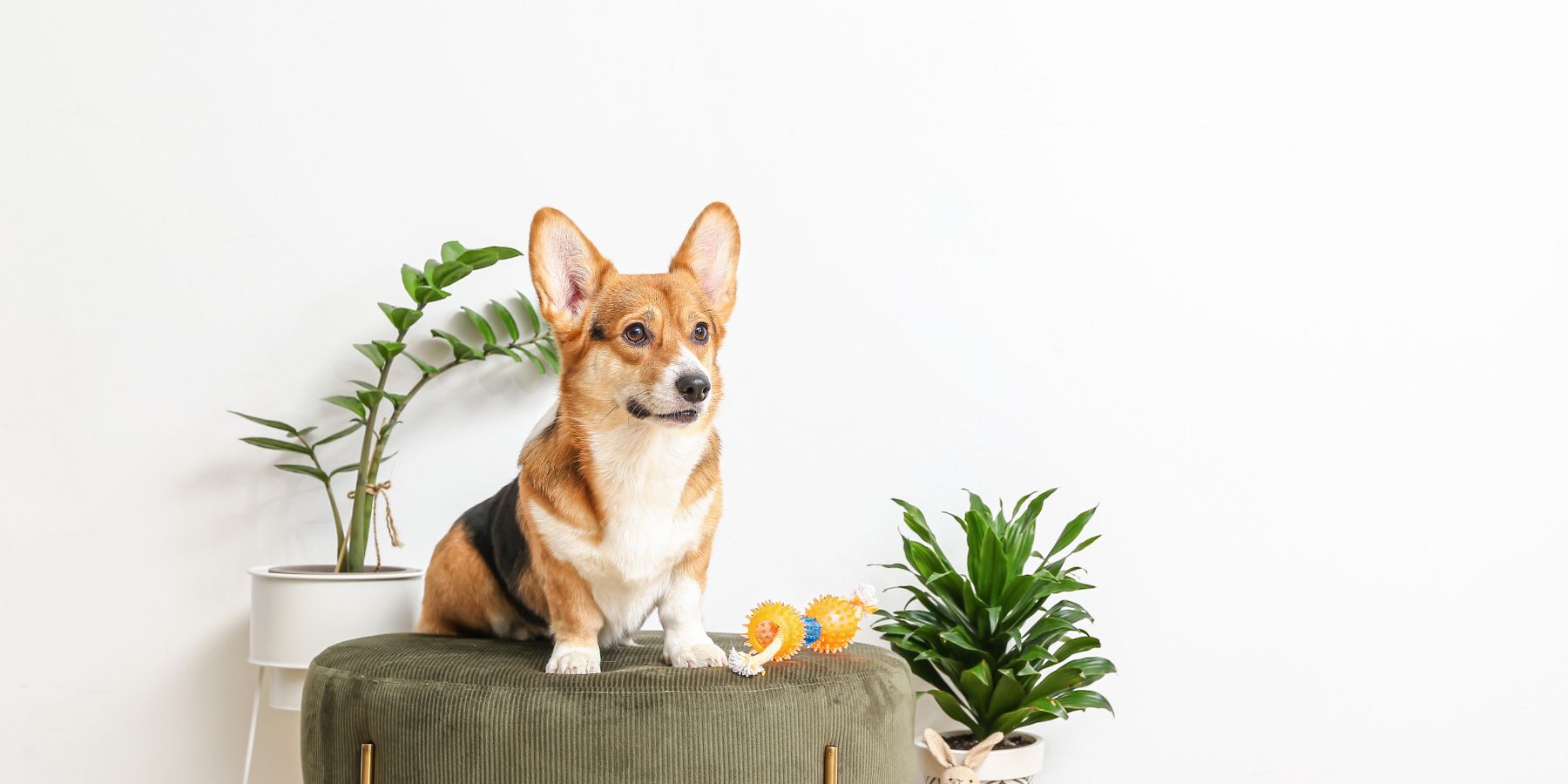If you're a dog owner looking to create a comfortable and safe harness for your furry friend, you're in the right place. Making a dog harness at home can be a rewarding DIY project that ensures the perfect fit for your dog's unique size and shape. In this guide, we'll explore various methods and materials for crafting a homemade dog harness. Whether you prefer a simple rope harness or a customized design, we've got you covered.
Materials You'll Need
Before we dive into the details, let's gather the materials you'll need for this project. The specific materials may vary depending on the type of harness you want to make, but here are some common items you might require:
Rope: For a basic rope harness or as part of the harness construction.
Nylon Webbing: Ideal for creating adjustable straps.
Buckles and Fasteners: To secure the harness in place.
D-Rings: For leash attachment points.
Scissors: For cutting materials.
Measuring Tape: To ensure the harness fits your dog correctly.
Sewing Machine or Needle and Thread: Depending on your chosen method.
Burning Tool: Optional, for sealing the ends of nylon webbing.
Method 1: Making a Simple Rope Harness
A rope harness is a straightforward yet effective design that you can create with minimal materials. Here's how you can make one:
Step 1: Measure Your Dog
Before you start, measure your dog's girth (the widest part of their chest behind the front legs) and the length between their girth and the base of their neck.
Step 2: Cut the Rope
Cut a length of rope according to your measurements. Make sure it's long enough to go around your dog's girth and have some extra for adjustments.
Step 3: Create the Chest Loop
Take the cut rope and form a loop, securing it with a knot. This loop will go around your dog's chest.
Step 4: Add Straps
Cut two additional lengths of rope. Attach one end of each rope to the chest loop, positioning them to cross on your dog's back. The other ends of these ropes will become the straps that go around your dog's shoulders.
Step 5: Adjust and Secure
Place the harness on your dog, adjusting the straps for a snug fit. Make sure it's comfortable and secure but not too tight. You can secure the ends of the straps by tying knots.
Your simple rope harness is ready! This design works well for dogs that don't pull excessively on their leash.
Method 2: Crafting a Custom Harness
For a more tailored approach, consider creating a custom harness using materials like nylon webbing and buckles. This design allows for greater adjustability and comfort.
Step 1: Design Your Harness
Start by sketching a design for your harness. Consider the specific needs of your dog, such as the points where they need extra support or padding.
Step 2: Gather Materials
Based on your design, gather the necessary materials, including nylon webbing, buckles, D-rings, and any additional padding or mesh fabric for comfort.
Step 3: Cut and Assemble
Cut the nylon webbing into the required lengths, following your design. Assemble the harness, sew the straps together, and attach buckles and D-rings as needed.
Step 4: Test and Adjust
Once the harness is assembled, place it on your dog and make any necessary adjustments for the perfect fit. Ensure that it allows your dog to move comfortably without chafing or rubbing.
How to Make a Dog Harness Out of Rope
If you prefer a more minimalist approach, you can create a basic harness using just a length of rope. Here's a simple guide:
Step 1: Measure Your Dog
Begin by measuring your dog's girth (the widest part of their chest behind the front legs) and the length from their girth to the base of their neck.
Step 2: Cut the Rope
Cut a length of rope based on your measurements. This rope will form the chest loop and straps of the harness.
Step 3: Create the Chest Loop
Take the cut rope and tie both ends together to form a loop. Ensure that it's the right size to fit comfortably around your dog's chest.
Step 4: Add Shoulder Straps
Cut two additional pieces of rope, each long enough to extend from the chest loop, up and around your dog's shoulders, and back to the chest loop.
Step 5: Assemble and Adjust
Attach the shoulder straps to the chest loop by tying knots securely. Place the harness on your dog, adjusting the fit to ensure comfort and security. Make sure it's snug but not too tight.
This rope harness is a simple and cost-effective solution for dog owners who prefer a DIY approach. It provides restraint without compromising your dog's comfort.
Safety Tips
While making a homemade dog harness can be fun and cost-effective, it's essential to prioritize your dog's safety. Here are some safety tips to keep in mind:
Inspect the Harness Regularly: Check the harness for signs of wear and tear. Replace any damaged or frayed parts promptly.
Ensure a Proper Fit: A well-fitting harness is crucial for your dog's comfort and safety. Ensure that it's snug but not too tight, and that your dog can't slip out of it.
Test for Chafing: Keep an eye out for any signs of chafing or discomfort caused by the harness. Make adjustments as needed.
Supervise Your Dog: When introducing a new harness, supervise your dog to ensure they don't chew on or try to remove it.
Choose Suitable Materials: Use materials that are strong, durable, and non-toxic. Avoid materials that could harm your dog.
Remember that while DIY harnesses can be a fun project, professionally designed and tested harnesses are available to ensure your dog's safety and comfort during walks and activities.


